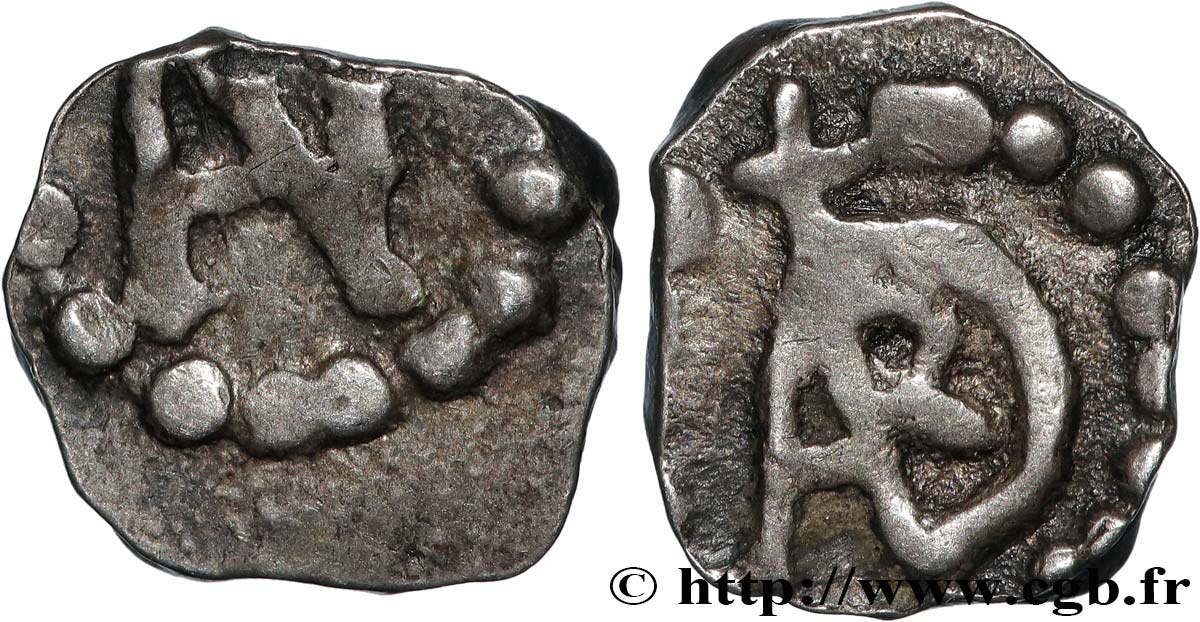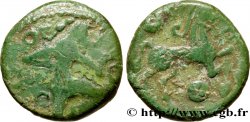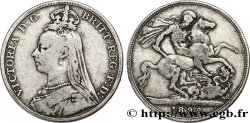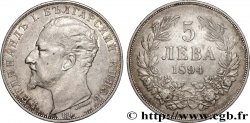Live auction - bmv_889837 - MONETE DELLO MEROVINGI - MARSEILLES (MASSILIA) o ARLES ( ARELATUM) Denier, patrice Antenor
Devi Sign-in ed essere un offerente approvato fare un'offerta, Login per fare offerte. Conti sono soggetti ad approvazione e di approvazione sono raggiunti entro 48 ore. Non aspettare fino al giorno di una vendita si chiude per registrarti.Confermando la tua offerta su questo oggetto ti impegni ad un contratto legalmente vincolante per l'acquisto di questo prodotto e fare clic su «offerta» costituisce accettazione dei termini di utilizzo de live auctions cgb.fr.
Offerta deve essere collocato in euro gli importi interi vendita only.The si chiuderà al momento sulla descrizione dell'oggetto, eventuali offerte pervenute al sito dopo l'orario di chiusura non verranno eseguite. Volte transmition possono variare e le offerte potrebbero essere respinto se si attende per gli ultimi secondi. Per ulteriori informazioni ckeck le FAQ Live auction.
Le offerte vincenti saranno sottomesse ai 18% per spese di compartecipazione alla vendita.
Le offerte vincenti saranno sottomesse ai 18% per spese di compartecipazione alla vendita.
| Valutazione : | 600 € |
| Prezzo : | 400 € |
| Offerta maxima : | 530 € |
| Data di fine vendita : | 05 marzo 2024 16:08:24 |
| partecipanti : | 1 partecipanto |
Tipo : Denier, patrice Antenor
Data: c. 700-726
Data: s.m.
Nome della officina / città: Arles ou Marseille (13)
Metallo : argento
Diametro : 10,5 mm
Asse di coniazione : 1 h.
Peso : 0,96 g.
Grado di rarità : R3
Commenti sullo stato di conservazione:
Ce denier est frappé sur un flan irrégulier et est décentré au droit. Monnaie recouverte d’une patine grise de médaillier
N° nelle opere di riferimento :
Pedigree :
Monnaie provenant de la collection Philippe Schiesser
Diritto
Descrittivo diritto : Monogramme ANT dans un grènetis.
Rovescio
Descrittivo rovescio : Monogramme ARD sous une croix.
Commento
Ce denier correspond exactement au Belfort n° 291 ; il se distingue du Belfort n° 290 par le grand D dans le monogramme du revers (absent sur le bmv_347061). Les deux monnaies Belfort 290 et 291 ont donné lieu à bien des interprétations. Fillon donne Antérieux, Ain (?). D’Amécourt, combinant les deux monogrammes [de la Belfort n° 291] y a vu le nom de Darantisia. Morel-Fatio y voit le monogramme d’Anténor et les attribue à Marseille. M. Laugier, admettant le monogramme d’Anténor, ne les accepte cependant pas pour l’atelier de Marseille. Son opinion est que ces monnaies ont été frappées par Anténor, à Arles. Cette ville a en effet porté les noms d’Arelatum et d’Aredis, qui seraient représentés par les monogrammes de l’avers. Les monogrammes du revers appartiendraient à Anténor. En présence de ces opinions diverses, A. de Belfort attribuait dubitativement ces monnaies à Arelatum. Cf. Belfort tome I, page 87. Anténor serait patrice de Provence vers les années 700-716 alors que G. Depeyrot classe ce denier à un certain Anténor II, patrice vers 715-726 (?).
This denier corresponds exactly to Belfort No. 291; it is distinguished from Belfort No. 290 by the large D in the monogram on the reverse (absent on bmv_347061). The two coins Belfort 290 and 291 have given rise to many interpretations. Fillon gives Antérieux, Ain (?). D'Amécourt, combining the two monograms [of Belfort No. 291] saw the name Darantisia there. Morel-Fatio sees the monogram of Anténor there and attributes them to Marseille. M. Laugier, admitting the monogram of Anténor, does not, however, accept them for the Marseille mint. His opinion is that these coins were struck by Anténor, in Arles. This city in fact bore the names Arelatum and Aredis, which would be represented by the monograms on the obverse. The monograms on the reverse are said to belong to Antenor. In the face of these diverse opinions, A. de Belfort doubtfully attributed these coins to Arelatum. Cf. Belfort volume I, page 87. Antenor was said to be patrician of Provence around the years 700-716 while G. Depeyrot classifies this denarius to a certain Antenor II, patrician around 715-726 (?)
This denier corresponds exactly to Belfort No. 291; it is distinguished from Belfort No. 290 by the large D in the monogram on the reverse (absent on bmv_347061). The two coins Belfort 290 and 291 have given rise to many interpretations. Fillon gives Antérieux, Ain (?). D'Amécourt, combining the two monograms [of Belfort No. 291] saw the name Darantisia there. Morel-Fatio sees the monogram of Anténor there and attributes them to Marseille. M. Laugier, admitting the monogram of Anténor, does not, however, accept them for the Marseille mint. His opinion is that these coins were struck by Anténor, in Arles. This city in fact bore the names Arelatum and Aredis, which would be represented by the monograms on the obverse. The monograms on the reverse are said to belong to Antenor. In the face of these diverse opinions, A. de Belfort doubtfully attributed these coins to Arelatum. Cf. Belfort volume I, page 87. Antenor was said to be patrician of Provence around the years 700-716 while G. Depeyrot classifies this denarius to a certain Antenor II, patrician around 715-726 (?)








 Segnalare un errore
Segnalare un errore Stampate la pagina
Stampate la pagina Condividi mia selezione
Condividi mia selezione Fai una domanda
Fai una domanda Consegnare / vendere
Consegnare / vendere
 Descrittivo
Descrittivo









